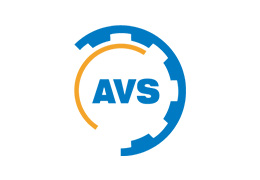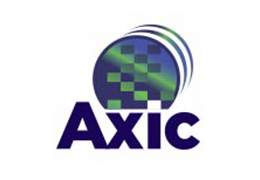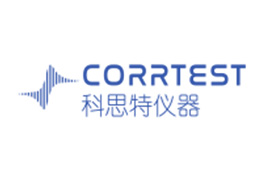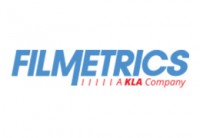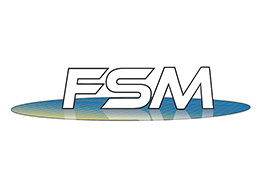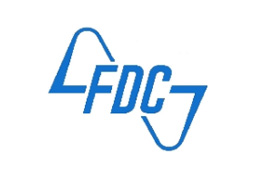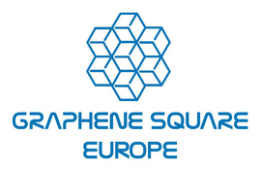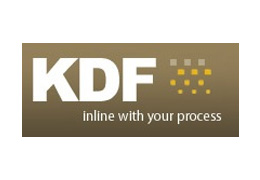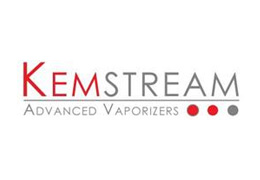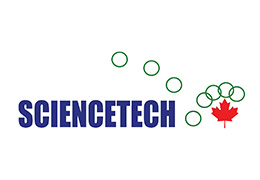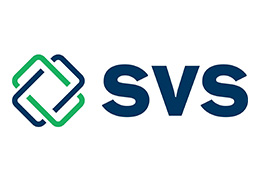Phone(+65) 6284 3818 | sales@premier-sols.com | Enquriy |
Elastomeric Target Bonding Service
Description
Benefits of Bonding Sputtering Targets
- A material can transfer heat through its thickness faster when the material is thinner. For most sputtering R&D guns, the thickness of the target is reduced to half when it is bonded to a backing plate because the gun has a maximum thickness allowance. The copper backing plate comprises the other half of the thickness. The thinner target can cool more effectively than a thicker target because the distance that the heat generated on the surface of the target has to travel to reach the cooled side is reduced.
- A ceramic material can cool more efficiently when bonded. The target is in intimate contact with the conductive solder layer which draws the heat from the target surface and into the copper backing plate. The copper backing plate is in contact with the water cooled gun so the heat is transferred through both pieces of copper and is removed through the cooling water.
- Some ceramic sputtering targets will crack during sputtering due to thermal shock regardless of whether the target is bonded or the ramping procedure used to condition the target. Bonded targets can usually continue to be used even after a target crack occurs, where typically an un-bonded target cannot.
Features
Elastomer is an alternative bonding method that touts a higher temperature capability over the indium bond. Elastomer bonds are recommended when customers are consistently melting indium bonds. Kurt J. Lesker Company also recommend elastomer bonding for low melting point target materials, as well as, temperature sensitive compounds and targets that have either low density or are especially fragile. Elastomer bonding is performed at relatively low temperatures between 50°C and 100°C so it is gentler on the target during the actual bonding process. Many customers hesitate to choose the elastomer bond because they know that most polymer based materials will outgas in a vacuum chamber. The elastomer bond is actually UHV compatible and has a NASA "A" rating which means that it undergoes less than a 1% total mass change at 150°C at 1 x 10-7 Torr for 24 hours. In addition, the elastomer does not absorb any moisture and is more than suitable to handle cycles between vacuum and atmosphere. Some materials that require elastomer bonding are the following:
- Aluminum Nitride
- Boron (B)
- Lithium (Li)
- Indium (In)
- Selenium (Se)
- Calcium Phosphate AKA Hydroxylapatite (Ca10(PO4)6(OH)2)
- Lithium Orthophosphate (Li3PO4)
- Barium Strontium Titanate AKA BST (Ba0.5Sr0.5TiO3)
- Barium Titanate (BaTiO3)
- Strontium Titanate (SrTiO3)
- Tin Oxide (SnO2)
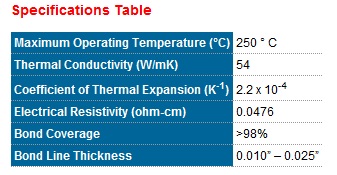
Lesker Elastomeric Target Bonding Service



